
Yesterday, on December 1, 2007, I had the pleasure of meeting Mr. Adam Frye. Adam recently came home from Kosovo where he was deployed on a mission with the U.S. Army. So, first off, my hat is off to this fine gentleman and his great service to this nation!
After we became aquainted with each other, we were both eager to get out into the field. After a brief drive along the dirt road where Adam lives, we made our first stop at an old abandoned nursery. We parked my truck alongside the road, and walked in carrying some simple equipment. The nursery contains hundreds if not thousands of pine trees that were planted. Alot of these pines create a perfect blind for staying hidden. In some areas, a person would have alot of difficulty seeing anything within 10 feet of them.
 One of the first strange things Adam pointed out to me were the strange, almost bipedal looking footprints found on this obviously, well used trail. The footprints do not show up well on the forest ground during the colder months, but I have included a photo that was taken by Adam back during the warmer months to give the readers an idea of what I mean. This was really strange, the impressions were really quite deep and appeared to have been used over and over again. I have to say that this was a first for me, I have never seen anything like this before.
One of the first strange things Adam pointed out to me were the strange, almost bipedal looking footprints found on this obviously, well used trail. The footprints do not show up well on the forest ground during the colder months, but I have included a photo that was taken by Adam back during the warmer months to give the readers an idea of what I mean. This was really strange, the impressions were really quite deep and appeared to have been used over and over again. I have to say that this was a first for me, I have never seen anything like this before.
As we continued on, several tree breaks were observed. All of the tree breaks were in locations concealed from any possible wind damage. The pines provide a thick barrier preventing any high winds in these tree break locations. In addition, the tree breaks were concentrated in certain areas. There seemed to be several tree breaks in certain areas, not one here or there. I tried to examine the areas around the tree breaks to identify any possible footprints or other evidence, but most of them appeared to be rather old occurrences. Therefore, any possible prints were probably long gone.
Several piles of feces were discovered. Again, like the tree breaks, the feces seemed to be concentrated in one general area. Items found in the feces were grasses, nuts, corn and seeds. The sizes of the feces seem to be different sizes and quantities.

We left this area and went to a local Italian grill for lunch. We had a brief drive around in the surrounding area and went back towards Adams house.


When we arrived back near Adam's house, we decided to take a walk up a fire road that leads towards Skyline Drive in Shenandoah National Forest. We decided to climb up to a high point of rock formations as seen in the photo to the top left. We took our time climbing. As we climbed, we jumped something from the brush above us, approximately 50-60 feet away. Neither of us caught a glimpse of what it was, but it sure made alot of noise to get out of there.

 Obviously, once reaching the top, it was time for photo opportunities. (Adam Frye in top photo, Billy Willard in bottom photo) There was a beautiful view all around. Both Adam and I saw some wonderful opportunities for future audio recordings within this valley area as well as a good survelliance spot.
Obviously, once reaching the top, it was time for photo opportunities. (Adam Frye in top photo, Billy Willard in bottom photo) There was a beautiful view all around. Both Adam and I saw some wonderful opportunities for future audio recordings within this valley area as well as a good survelliance spot.

<----------------------Raccoon

























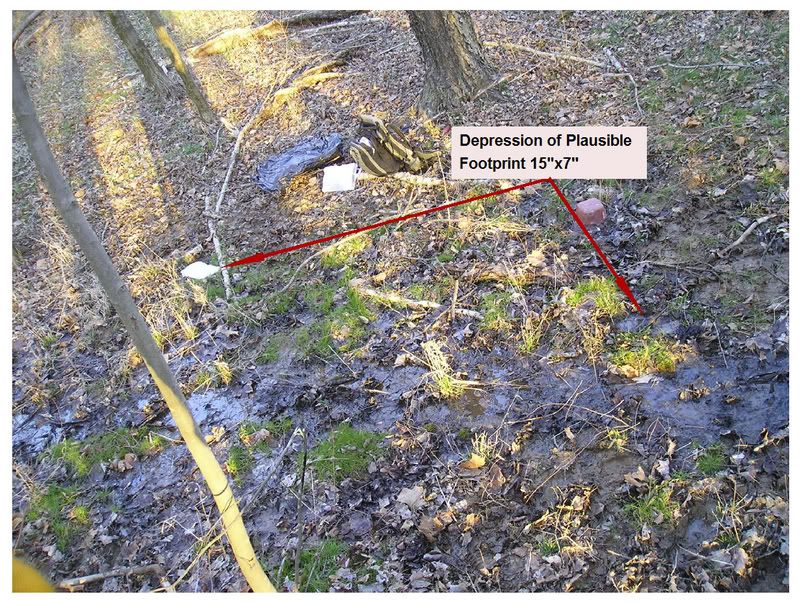

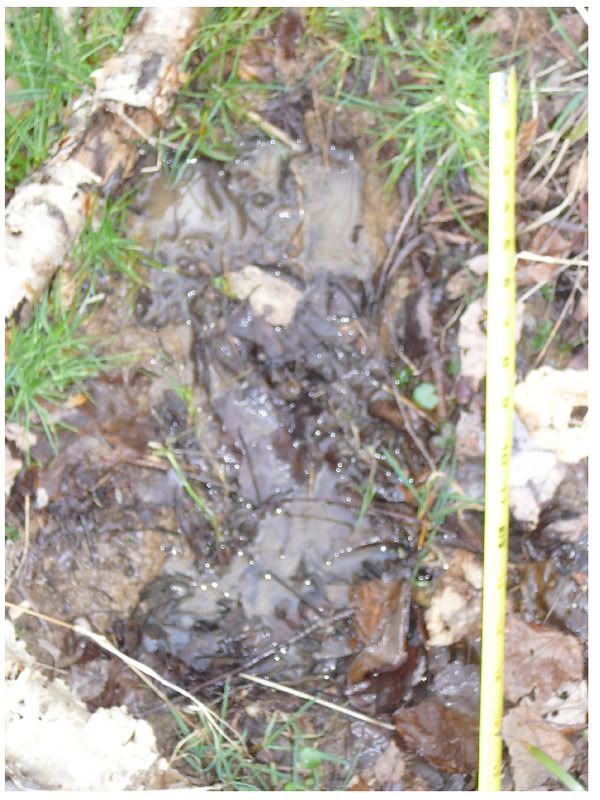
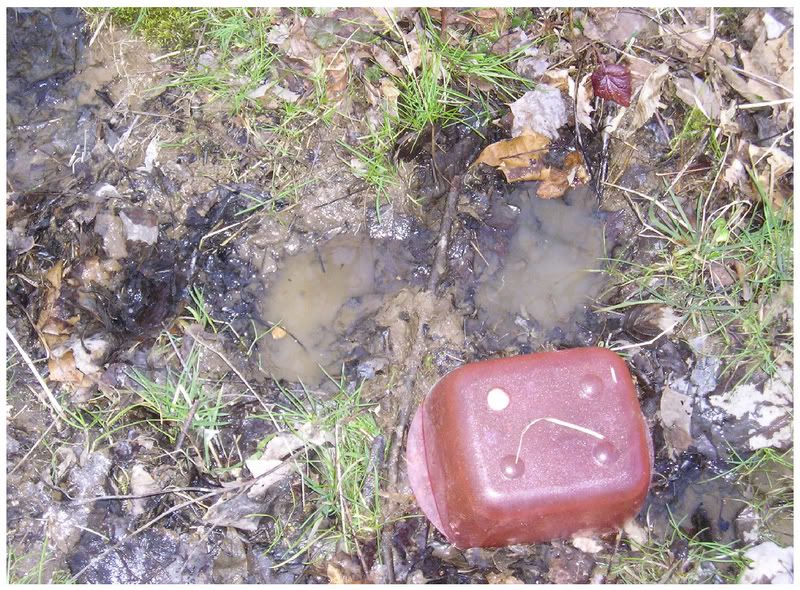
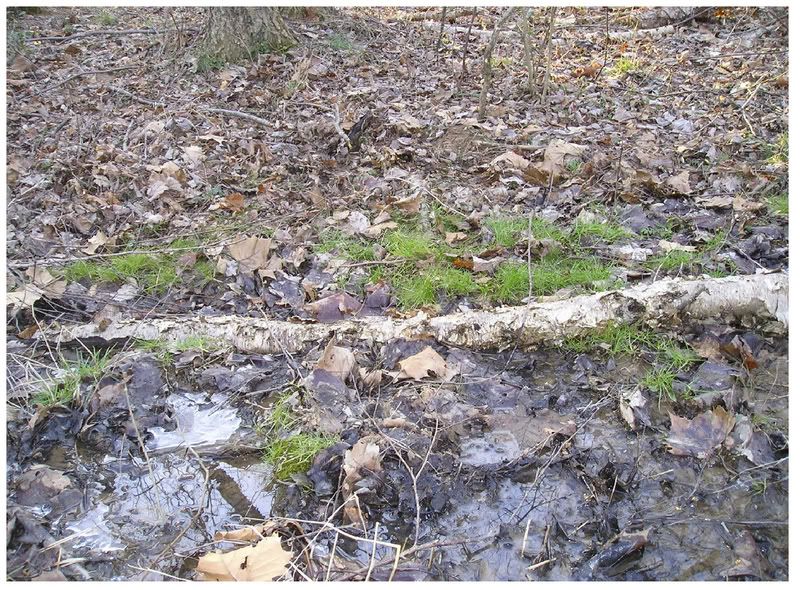
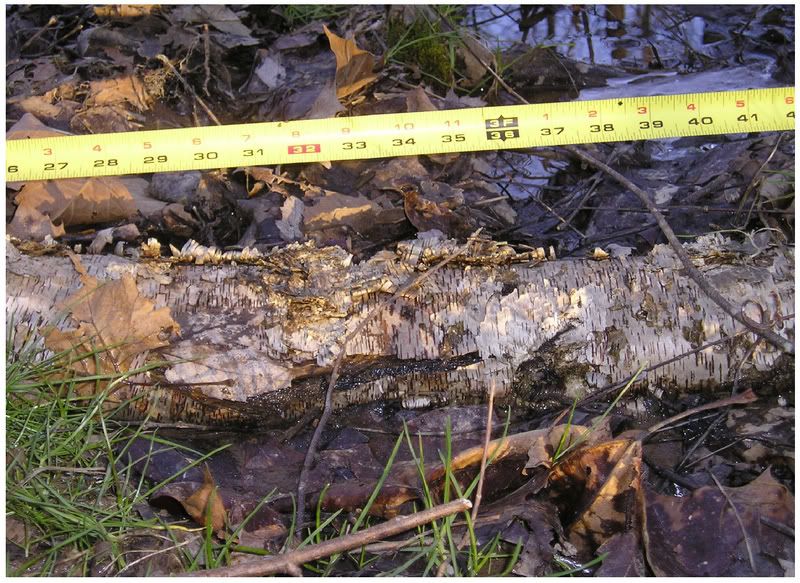
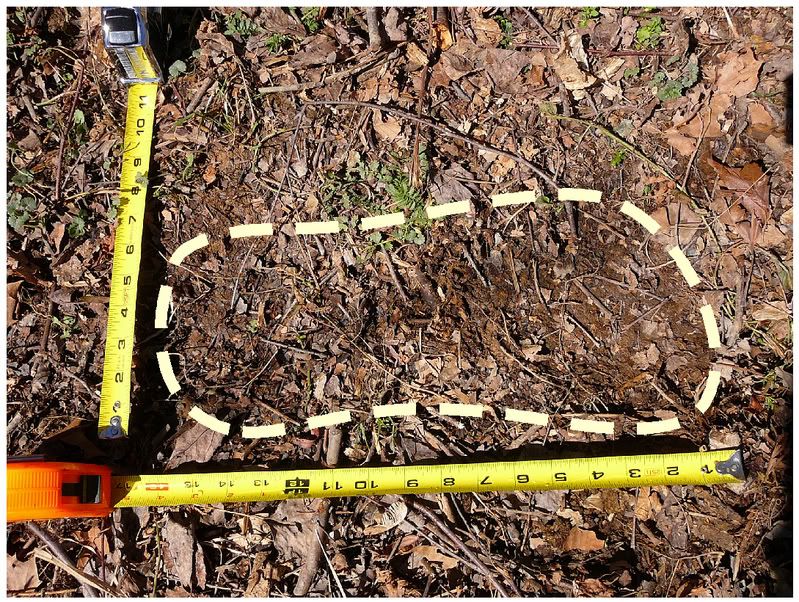
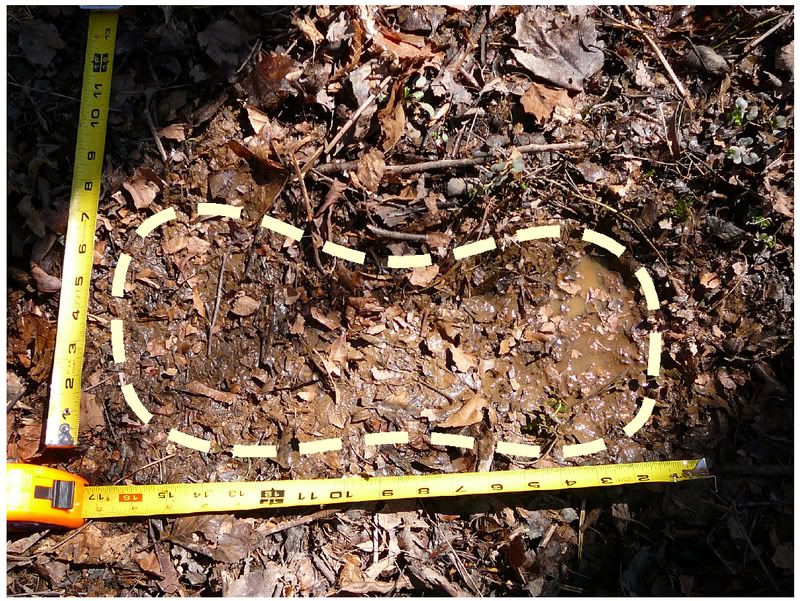

 And of course,
And of course,  If you are asking yourself, "Why are you posting this?". Here is the answer. Folks, we don't find possible evidence every single time we go out into the field! Certainly, anyone who says they do are not be completely truthful. I can say that there have been many times I have searched and found absolutely nothing! Is there anything wrong with that? NO. However, you will notice that I will post field research EVEN WHEN NOTHING IS FOUND! I think this is very important. First of all, it shows that we are very SERIOUS in our investigations. We are not out there trying to find ANYTHING to call Bigfoot evidence. Second, I think folks need to see that we are out there making an attempt to find evidence even when we don't. How many sites dedicated to Bigfoot/Sasquatch research do you see doing that? Try ZERO!!!
If you are asking yourself, "Why are you posting this?". Here is the answer. Folks, we don't find possible evidence every single time we go out into the field! Certainly, anyone who says they do are not be completely truthful. I can say that there have been many times I have searched and found absolutely nothing! Is there anything wrong with that? NO. However, you will notice that I will post field research EVEN WHEN NOTHING IS FOUND! I think this is very important. First of all, it shows that we are very SERIOUS in our investigations. We are not out there trying to find ANYTHING to call Bigfoot evidence. Second, I think folks need to see that we are out there making an attempt to find evidence even when we don't. How many sites dedicated to Bigfoot/Sasquatch research do you see doing that? Try ZERO!!!  The day of our investigation was cold (36 degrees F) and windy (10-15 mph). Our main purpose for the site visit was to cast a possible print we had found about 3 weeks earlier. Temperatures below freezing prevented us from casting the print previously. The print measured 15-inches in length and 7-inches in width. Below is a photo of the print prior to casting.
The day of our investigation was cold (36 degrees F) and windy (10-15 mph). Our main purpose for the site visit was to cast a possible print we had found about 3 weeks earlier. Temperatures below freezing prevented us from casting the print previously. The print measured 15-inches in length and 7-inches in width. Below is a photo of the print prior to casting. Billy Willard poured the casting material into the print at about 4:30 pm. While the cast was setting up, Tom and Billy performed additional investigation of the area.
Billy Willard poured the casting material into the print at about 4:30 pm. While the cast was setting up, Tom and Billy performed additional investigation of the area. Finding the additional tracks we believe further substantiates the findings.
Finding the additional tracks we believe further substantiates the findings. Below is a photo of the stick configuration. Again, careful searching was done to determine if this could all occur from natural falls. No evidence could be found to show this was a natural occurrence.
Below is a photo of the stick configuration. Again, careful searching was done to determine if this could all occur from natural falls. No evidence could be found to show this was a natural occurrence.  A well-known researcher gave us a suggestion and theory to test out on certain stick structures. It was suggested to begin recording the positions of certain sticks or logs (particularly the top and longest one) and record the pointing directions of them. Surprisingly, the top and longest stick or log in both configurations pointed northeast/southwest. Now, what does this mean? We don't know if it means anything. Could we theorize that this could be some type of navigational device? Sure, it's possible, but further research of these structures and other discovered structures needs to be performed. Below is another, smaller stick structure found. And yes, the larger, top stick is pointing northeast/southwest.
A well-known researcher gave us a suggestion and theory to test out on certain stick structures. It was suggested to begin recording the positions of certain sticks or logs (particularly the top and longest one) and record the pointing directions of them. Surprisingly, the top and longest stick or log in both configurations pointed northeast/southwest. Now, what does this mean? We don't know if it means anything. Could we theorize that this could be some type of navigational device? Sure, it's possible, but further research of these structures and other discovered structures needs to be performed. Below is another, smaller stick structure found. And yes, the larger, top stick is pointing northeast/southwest.
